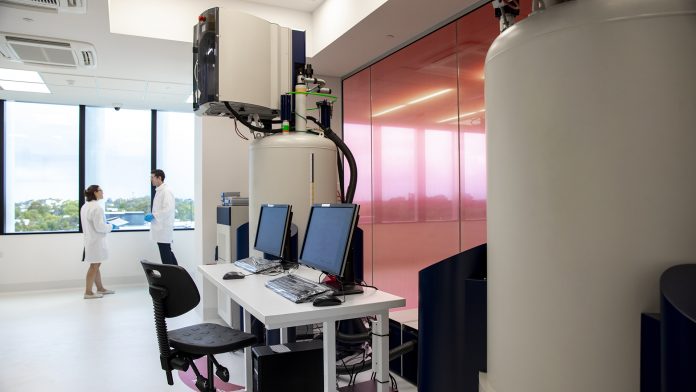The University of Warwick is spearheading a consortium that has been granted £17m to acquire the UK’s most powerful nuclear magnetic resonance instrument.
The consortium has been awarded the funding via the UKRI Infrastructure Fund and includes the universities of Lancaster, Liverpool, Nottingham, Southampton, and St Andrews. There are currently only seven nuclear magnetic resonance instruments around the world, and procuring such advanced machinery will enable the UK to become a global leader in green technologies and medical science.
Professor Steven Brown, from the University of Warwick’s Solid State NMR Group, commented: “It is exciting that Warwick has been selected as the site for this world-class NMR instrumentation. I look forward to working with the consortium partners and the UK community to deliver this world-class resource for UK science.”
What is a nuclear magnetic resonance instrument?
Nuclear magnetic resonance instruments are employed to examine extremely complex materials to understand their structure. They are comprised of magnets that are around one million times more powerful than the Earth’s magnetic field. Nuclear magnetic resonance machines work on the magnetic field of each of the material’s atoms to provide detailed information on its atomic-level structure.
Professor Caroline Meyer, Pro-Vice-Chancellor at the University of Warwick, said: “This instrument will provide the greatest resolution and sensitivity yet – allowing us to make scientific breakthroughs that will benefit us all as they improve our technology in a range of areas.”
How the project will advance green technologies
The 1.2 GHz nuclear magnetic resonance spectrometer will be located in a new building at the University of Warwick, creating two new jobs for scientists in the process. The powerful instrument builds on the current capability of 1.0 GHz at the Warwick-hosted UK High-Field Solid-State NMR National Research Facility.
The technology will enhance green infrastructure by furthering our knowledge of how to develop more efficient plant biofuels and improve batteries and solar cells. It will also be used in antimicrobial resistance research and drug design and delivery. Experts throughout the UK will be able to use the state-of-the-art facility, positioning the UK at the forefront of cutting-edge scientific research.
Jane Nicholson, Research Base Director at EPSRC, part of UK Research and Innovation, concluded: “This national facility, one of only seven 1.2 GHz magnets in the world, will advance the study of all types of molecules.
“The applications will be many and varied with the potential for new insights into areas such as materials for energy applications, catalysis, pharmaceutical research, synthetic biology and antimicrobial resistance.”









